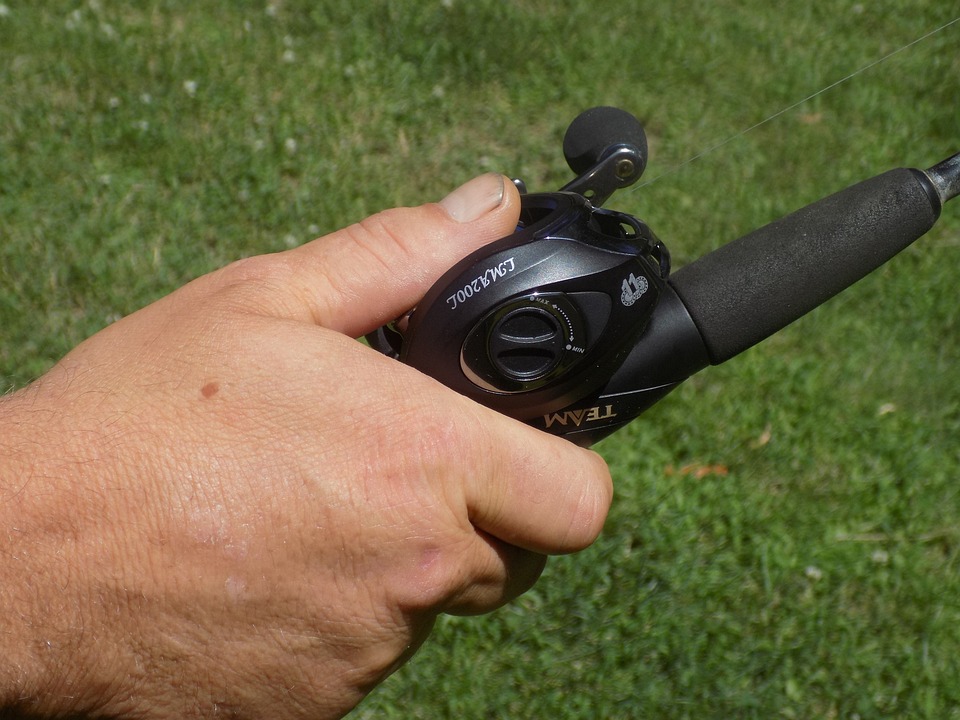Proper water changes are essential for maintaining a healthy environment for your fish. This step-by-step guide will walk you through the process of changing the water in your fish tank, ensuring that your fish thrive.
Before we begin, let’s understand why changing the water in your fish tank is crucial. Regular water changes help remove accumulated toxins, maintain water parameters, and oxygenate the water. By diluting and eliminating harmful substances like ammonia and nitrites, water changes provide a safe environment for your fish. Additionally, stabilizing pH levels, temperature, and mineral content prevents stress and health issues for your fish. Finally, introducing fresh, oxygen-rich water promotes a healthy and vibrant aquatic ecosystem.
Now, let’s get started with the step-by-step guide:
Step 1: Gather the Necessary Tools
Before you begin changing the water in your fish tank, gather the following tools:
1. A clean bucket designated for aquarium use only.
2. A siphon or gravel vacuum for removing debris and waste from the substrate.
3. A water conditioner to remove chlorine and chloramines from tap water.
4. A thermometer to monitor the temperature of the replacement water.
5. A clean, non-abrasive sponge or cloth for cleaning the glass or decorations (optional).
Step 2: Prepare the Replacement Water
Preparing the replacement water properly is crucial for the health of your fish. Follow these steps:
1. Fill the clean bucket with tap water. Make sure to use a bucket that has never been in contact with any chemicals or detergents.
2. Add the recommended amount of water conditioner to the bucket based on the volume of water you are replacing. This will remove chlorine and chloramines, making the water safe for your fish.
3. Use a thermometer to check the temperature of the replacement water. It should match the temperature of the existing tank water as closely as possible. Adjust the temperature if needed using a heater or by adding warm/cold water.
Step 3: Start the Water Change Process
Now that you have everything prepared, you can begin the water change process:
1. Turn off all electrical equipment, such as heaters and filters. This will prevent any accidents while working with water.
2. Use a siphon or gravel vacuum to remove debris and waste from the substrate. Gently hover the siphon over the gravel, starting from one end and working your way across the tank. This will prevent any damage to the beneficial bacteria living in the substrate.
3. Slowly pour out the old water into a sink or drain, being careful not to disturb the fish or plants.
4. Once most of the water is removed, use the clean, non-abrasive sponge or cloth to wipe off any algae or dirt on the glass or decorations. This will help maintain a clean and healthy environment for your fish.
5. Carefully pour the prepared replacement water into the tank, avoiding any sudden water movement that could startle or stress the fish.
6. Turn on the electrical equipment and ensure that the water temperature remains stable.
Now, let’s address some frequently asked questions:
Q1: How often should I change the water in my fish tank?
A1: The frequency of water changes depends on various factors, such as the tank size, number of fish, and filtration system. As a general rule, aim for a 10-20% water change every 1-2 weeks.
Q2: Can I use water straight from the tap without a water conditioner?
A2: Tap water often contains chlorine and chloramines, which are harmful to fish. Always use a water conditioner to neutralize these chemicals before adding tap water to your tank.
Q3: Is it necessary to remove all the fish from the tank during water changes?
A3: It is not necessary to remove the fish from the tank during routine water changes. However, if you have aggressive or easily stressed fish, it may be beneficial to temporarily relocate them to a separate container during the process.
Q4: Can I use water from an established aquarium as replacement water?
A4: While water from an established aquarium may contain beneficial bacteria, it is still essential to treat it with a water conditioner before adding it to your tank. This ensures the removal of any accumulated toxins or contaminants.
By following this step-by-step guide, you can confidently change the water in your fish tank, providing a clean and healthy habitat for your fish. Remember, maintaining good water quality is crucial for the overall health and longevity of your aquatic pets.









